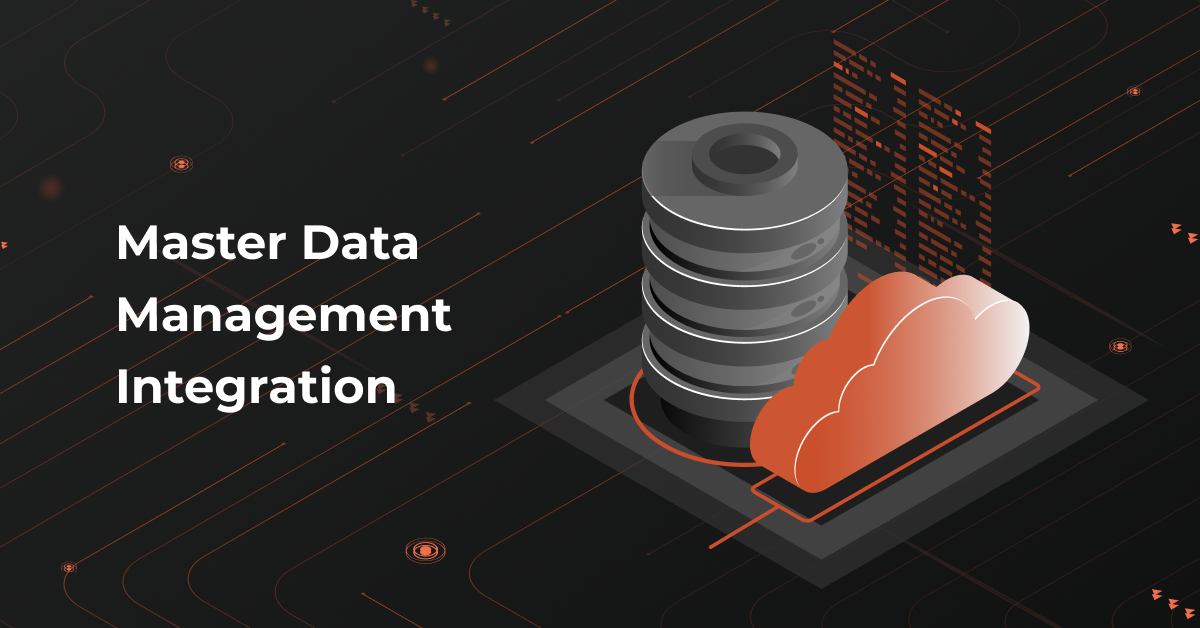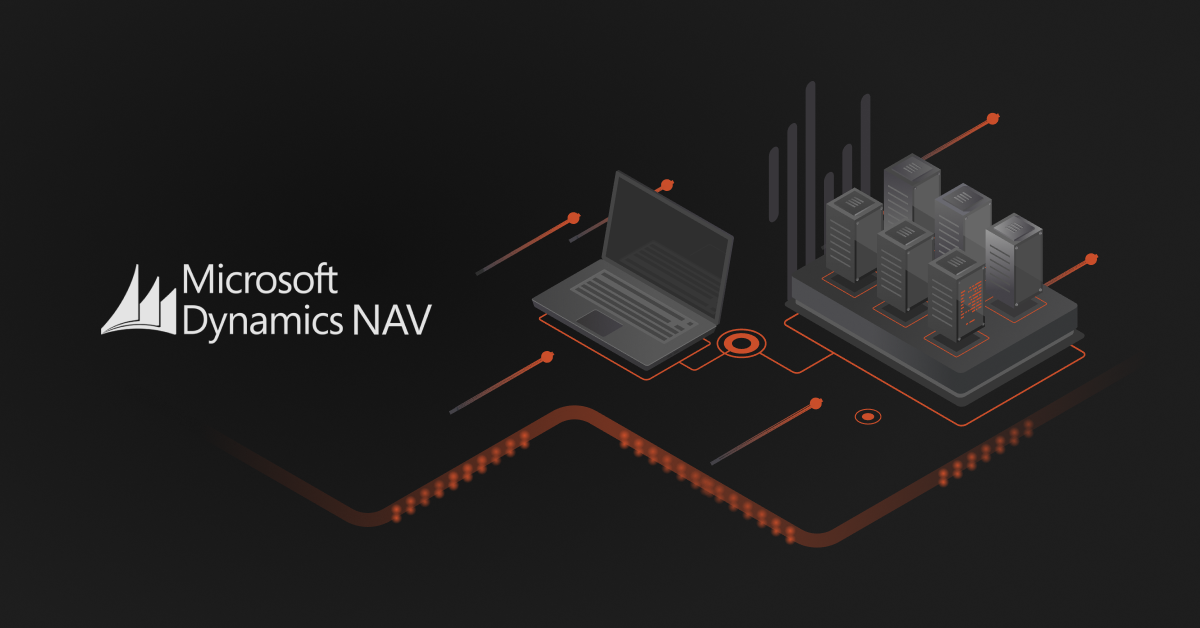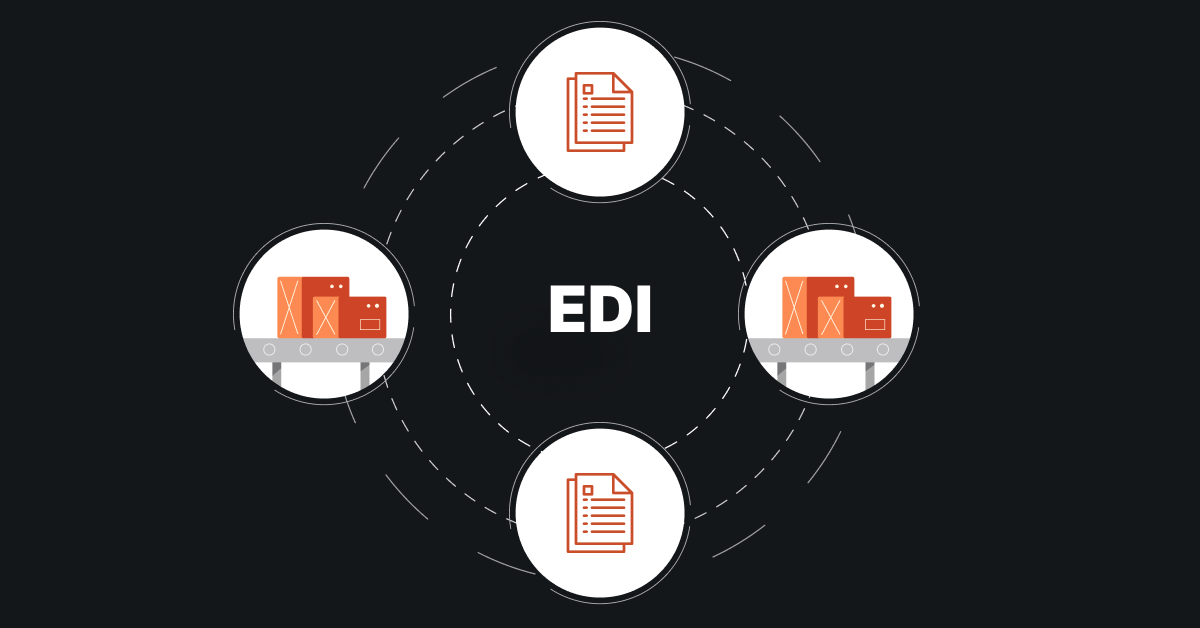Master Data Management (MDM) is a strategic approach to data integration that focuses on providing organizations with a cohesive and accurate view of their essential business information. The core objective of a Master Data Management Solution is to establish a Single Version of Truth (SVOT) or Single Source of Truth, acting as a golden record that ensures consistency and reliability in critical data, such as customer and product information.
| The Single Version of Truth (SVOT) serves as the cornerstone. It represents the definitive and unified version of master data, eliminating discrepancies that may arise from multiple data sources within an enterprise network. For instance, customer records stored in a Customer Relationship Management (CRM) system might differ from those in a billing system. The SVOT acts as the reference point for the accurate and up-to-date version of such data. By maintaining consistency across different systems through reference data, organizations can achieve SVOT |
MDM Integration Process
Master Data Management (MDM) integration is a multifaceted process that involves the strategic combination of people, processes, and tools. The success of MDM integration is crucial for organizations aiming to achieve data consistency and accuracy.
It involves several key steps and considerations, highlighting the importance of data quality and outlining a structured approach for seamless integration.
The MDM Architecture
The architecture of Master Data Management (MDM) systems is designed to cater to the diverse needs of organizations, providing flexibility to align with specific goals and requirements. There are two primary forms of MDM—analytical MDM and operational MDM—that can be implemented separately or in tandem, depending on the organization’s focus and objectives.
Analytical MDM
This form of MDM is geared towards supporting data warehouses and analytics systems. Its primary goal is to ensure consistent and high-quality master data for reporting and analysis. Analytical MDM focuses on providing a reliable foundation for business intelligence, enabling organizations to make strategic decisions based on accurate and integrated data.
Operational MDM
In contrast, operational MDM focuses on the master data within core business systems. Its primary aim is to maintain the accuracy and consistency of master data in real-time, supporting daily business operations. Operational MDM is critical for transactional systems and applications that require up-to-date and reliable master data for seamless functioning.
Recommended read: ERP Data Integration With Other Systems: How It Works
Different Architectural Styles
Registry Architecture
This style creates a unified index of master data for analytical purposes without altering data in individual source systems. It is considered a lightweight architecture, using data cleansing and matching tools to identify duplicate entries and cross-reference them in the registry. Registry architecture is particularly useful for organizations emphasizing data integration without significant changes to existing systems.
Consolidation Approach
In consolidation approach, sets of master data are extracted from various source systems and consolidated in the MDM hub. This creates a centralized repository of consistent master data, mainly used for business intelligence, analytics, and reporting. Operational systems, however, continue to use their own master data for transaction processing.
Coexistence Style
This architectural style also creates a consolidated set of master data in the MDM hub. However, changes to master data in individual source systems are updated in the hub and can be propagated to other systems. This approach strikes a balance between system-level management and centralized governance, offering flexibility while maintaining consistency.
Transaction Architecture
Also known as centralized architecture, this approach centralizes all management and updating of master data in the MDM hub. Data changes are published to each source system, providing the highest level of enterprise control. While it offers comprehensive control, this style is considered more intrusive due to the shift toward full centralization.
Key Steps in the MDM Process
1. Identifying Relevant Data Sources
This initial phase involves a comprehensive assessment of all potential data sources within the organization. These sources can range from customer relationship management (CRM) systems to enterprise resource planning (ERP) platforms and data warehouses. The objective is to identify where critical master data resides, ensuring a thorough understanding of the information landscape.
2. Collaborating with Business Stakeholders
Successful MDM implementation requires close collaboration with business stakeholders. Engaging with various departments and individuals helps establish a collective understanding of data needs and requirements. Collaboration is key to defining business rules, ensuring that the MDM process aligns with organizational objectives and regulatory standards.
3. Establishing Common Data Formats
Standardizing data formats is crucial for consistency across systems. This phase involves working with stakeholders to agree on common structures for master data. Consistent formats facilitate seamless integration, allowing data to be easily shared and understood across different departments and systems.
4. Creating a Master Data Model
Developing a robust master data model is a foundational step in MDM. This model formalizes the structure of master data records, mapping them to various source systems. It defines relationships, hierarchies, and attributes, providing a blueprint for how master data should be organized and managed throughout its lifecycle.
5. Selecting the Appropriate MDM Architecture
Choosing the right MDM architecture is a strategic decision that aligns with organizational goals. The selection may involve opting for a registry architecture, consolidation approach, coexistence style, or a transaction architecture. Each architecture style has unique advantages and considerations, impacting how master data is managed and shared across the organization.
6. Deploying Necessary Systems
Once the strategy and architecture are defined, the next step is the practical deployment of systems and tools to support the MDM process. During the deployment phase, organizations may implement specialized MDM solutions like Informatica MDM or IBM InfoSphere as their MDM server. These servers play a pivotal role in managing and unifying master data, ensuring the success of the overall MDM integration strategy. The deployment phase ensures that the infrastructure is in place to execute the MDM strategy effectively.
Challenges in MDM Integration Implementation
Data Complexity and Variety
One of the primary challenges in MDM integration implementation is dealing with the complexity and variety of data. Organizations often have diverse data sources with varying structures and formats. Managing this diversity and ensuring a unified representation of master data can be challenging.
Change Management and Adoption
Implementing an MDM integration platform often involves changes to existing processes and workflows. Ensuring smooth change management and adoption across the organization is a common challenge. Resistance to change and the need for user training are factors that organizations must address to achieve successful MDM implementation.
Data Security and Privacy
Data security and privacy concerns pose challenges in MDM integration. Organizations must ensure that sensitive master data is handled securely, adhering to privacy regulations and industry standards.
Resource Allocation and Budget Constraints
Implementing an MDM integration platform requires adequate resources and budget. Many organizations face challenges related to resource allocation, particularly in terms of skilled personnel and financial constraints.
Key Features of MDM Integration
MDM integration is a comprehensive process that involves various key features to ensure the success of managing and unifying critical business data.
Data Unification and Synchronization
Data unification is a fundamental feature of MDM integration that focuses on bringing together disparate data from various sources to create a consistent and unified view. This involves the integration of data from different departments, systems, and databases within an organization.
Key aspects of data unification in MDM include:
Single View of Truth (SVOT): MDM integration aims to establish a SVOT, ensuring that there is a singular, authoritative source for master data. This enables all stakeholders across the organization with better insights to access and work with the same, up-to-date information.
Cross-System Compatibility: MDM ensures seamless connection of master data integration and synchronization across different systems, apps and data warehouse. Whether it’s customer data in a CRM system or product information in an ERP system, MDM integration ensures consistency and compatibility.
Real-time Synchronization: MDM systems often include mechanisms for real-time or near-real-time data synchronization and communication across business applications. This ensures that changes made in one system or section are promptly reflected across all connected systems, maintaining data accuracy and currency.
Data Quality Management
Data quality management is a critical aspect of MDM integration, focusing on maintaining the accuracy, consistency, and completeness of master data. Effective data quality management within MDM includes:
Data Cleansing: MDM systems incorporate tools for identifying and rectifying inconsistencies, errors, and duplicates in master data. Data cleansing helps maintain the quality of data being integrated and ensures it is free from inaccuracies.
Standardization and Validation: MDM integration involves enforcing data standards and validation rules to ensure that all master data adheres to predefined formats and criteria. This contributes to consistency and accuracy across the organization.
Monitoring and Reporting: MDM systems often provide monitoring and reporting capabilities to track the quality of master data over time. This enables organizations to identify trends, address issues promptly, and continuously improve data quality.
Data Governance and Compliance
Data governance and compliance are key features of MDM integration that focus on establishing policies, processes, and controls to ensure the ethical and legal use of data. This includes:
Establishment of Business Rules: MDM integration involves defining and implementing business rules that govern how master data is created, updated, and used. These rules address issues such as data ownership, update frequency, and overall data lifecycle management.
Compliance with Regulatory Standards: MDM systems include features to help organizations comply with industry regulations and data protection laws. This is particularly crucial when handling sensitive information, such as personally identifiable information (PII) or financial data.
Audit Trails and Accountability: MDM integration often includes the creation of audit trails to track changes to master data. This enhances accountability by providing a detailed history of who made changes, when they were made, and what changes occurred.
Benefits of MDM Integration
MDM Integration bring in a lot more benefits than just maintaining data quality:
Improved Decision Making
Organizations leveraging MDM solutions witness a substantial improvement in making data-driven decisions. Companies with effective MDM achieve a 20% increase in the accuracy of their strategic decision-making.
MDM provides a single, unified view of master data, enabling better analytics and insights. This, in turn, leads to more informed and strategic decisions across various facets of the business, such as customer behavior, market trends, and operational performance.
Enhanced Customer Experience:
MDM plays a crucial role in transforming customer experiences. Organizations implementing MDM report upto 20% increase in customer satisfaction. By consolidating and linking customer data from various touchpoints, MDM creates a 360-degree view of customers.
This holistic understanding allows organizations to personalize interactions, deliver targeted marketing campaigns, and provide superior customer service, resulting in a more satisfied customer base.
Increased Operational Efficiency:
The implementation of MDM leads to notable improvements in operational efficiency by 15%. Companies adopting MDM may experience upto 25% reduction in data management complexities.
MDM streamlines processes by eliminating data silos and redundancies. It centralizes data governance, maintenance, and synchronization, resulting in a more efficient and agile organization.
Regulatory Compliance and Risk Management
MDM significantly contributes to regulatory compliance and risk management. By providing better control and visibility over data assets, MDM ensures adherence to regulatory requirements, data privacy laws, and governance policies. This, in turn, minimizes the risk of data breaches and associated legal repercussions.
Data Integration
MDM facilitates seamless data integration, breaking down data silos and promoting collaboration. Companies achieving successful data integration through MDM experience great cross-functional collaboration. This integration procedure allows for a unified and consistent view of data across the organization, fostering collaboration and data sharing.
Scalability and Flexibility
Cloud-based MDM solutions offer scalability and flexibility to accommodate evolving business needs. TechNavio projects a 17% annual growth in the adoption of scalable MDM solutions. These solutions are designed to handle large volumes of data and adapt to changing business requirements, providing organizations with the flexibility needed for future expansion and technological advancements.
Also check out: The Top 30 Data Integration Platforms (Reviewed)
Key Components of Master Data
An MDM Product encompasses entities that are fundamental to business operations. These entities can be broadly categorized into four main domains:
People
- Customers: Information about individuals or organizations purchasing goods or services.
- Suppliers: Data related to external entities providing goods or services to the organization.
- Employees: Details about individuals working within the organization.
- Salespeople: Treated separately as they are employees with relationships to customers.
Products
- For organizations dealing with physical goods, this includes details such as product name, unique identifier, price, and location.
- For service-oriented businesses, this domain describes services, encompassing details like hourly rates and billing.
Locations
- Refers to the physical locations of business properties, including stores, warehouses, and offices.
- Customer and supplier location data falls within the People domain.
Others
- Encompasses additional business entities like financial ledgers, licenses, or digital assets.
- Diverse entities that are crucial for comprehensive business understanding.
Master Data vs. Transactional Data
Understanding the distinction between master data and transactional data is essential. Transactional data pertains to the verbs in a business activity, such as “sold,” “bought,” and “shipped.” These actions are recorded in transactional databases. On the other hand, master data deals with the nouns – discrete business entities like individuals, products, and locations.
An Example of MDM in Manufacturing
In a manufacturing context, consider a scenario where a company produces and sells automobiles.
In this case, master data entities could include:
Vehicles:
- Information about different vehicle models, including make, model name, manufacturing year, and specifications.
- Each distinct vehicle model is treated as a master data entity, and MDM ensures accurate and consistent details for each model across the organization.
Customers:
- Individuals or organizations purchasing automobiles from the company.
- Customer details, such as name, contact information, and purchase history, are considered master data, and MDM software ensures a unified view of each customer across various systems.
Suppliers:
- Entities providing essential components for manufacturing, such as engines, tires, and electronic systems.
- Supplier information, including contact details and product offerings, falls under master data, and MDM software ensures consistent records for each supplier.
Manufacturing Plants:
- Physical locations where the company produces vehicles.
- Documentation about manufacturing plants, such as location, production capacity, and key contacts, is categorized as master data, and MDM products ensures accurate representation across systems.
In this example, the master data entities include different vehicle models, customers, suppliers, and manufacturing plants. MDM focuses on managing and describing these entities to maintain SVOT, allowing the organization to make informed decisions, streamline operations, and ensure consistency in data across the entire enterprise.
DCKAP Integrator – The ERP Integration Platform for Distributors
DCKAP Integrator serves as a versatile solution for Master Data Management (MDM) integration, streamlining data flow across diverse systems and optimizing overall business processes. With a focus on distributors, Integrator offers a comprehensive integration platform that extends beyond ERP connectivity, supporting the assimilation of various tools critical to MDM.
- Seamless Data Flow: Integrator ensures smooth and efficient data exchange between different systems, fostering coherence in the MDM landscape.
- Holistic Integration Platform: As an integration platform tailored for distributors, DCKAP enables the consolidation of not only ERP systems but also diverse tools essential for MDM processes.
- Enhanced Operational Efficiency: By providing a unified platform for MDM integration, DCKAP improves operational efficiency, reducing manual efforts and minimizing errors in managing master data.
- Flexibility Across Systems: DCKAP Integrator’s flexibility allows distributors to seamlessly connect and integrate various tools, adapting to the evolving needs of MDM practices.
- Comprehensive Business Insights: Through effective MDM integration, DCKAP empowers distributors with consolidated and accurate data, enabling informed decision-making and fostering business growth.
Making the Most of MDM Integration
Master Data Management (MDM) integration serves as a cornerstone for data-driven success across industries. Organizations can leverage MDM integration for business growth by optimizing customer experiences, streamlining operations, and enhancing decision-making processes. With a unified view of critical entities, such as customers, products, and financial data, businesses gain a competitive edge in the market.
DCKAP Integrator facilitates seamless data flow between systems, offering a robust integration platform for distributors. Beyond ERP, it empowers users to connect various tools, enhancing overall operational efficiency and data coherence in their business processes. You can check out the interactive product tour here.
MDM FAQs
What is the role of Mobile Device Management (MDM) in Master Data Management integration?
Mobile Device Management (MDM) plays a crucial role in MDM integration by ensuring seamless connectivity and data synchronization across various devices and endpoints. It facilitates the unified management of mobile devices, such as smartphones and tablets, within the broader master data ecosystem.
How does MDM integration enhance security for mobile devices and endpoints?
MDM integration enhances security by enabling administrators to centrally manage and enforce security policies for mobile devices and endpoints. This includes the ability to secure email communications, implement access controls, and ensure compliance with data protection standards.
Can MDM integration support diverse product lines within an organization?
Yes, MDM integration is designed to support diverse product lines by providing a unified view of product-related data. It ensures that product information, including details on different product lines, is consistently managed and accessible across the organization.
How does Artificial Intelligence contribute to Master Data Management integration?
Artificial Intelligence (AI) plays a significant role in MDM integration by automating data quality processes, identifying patterns, and enhancing data governance. AI algorithms can assist administrators in classifying and enriching master data, ultimately improving the accuracy and relevance of information.
What is the significance of managing workspaces in MDM integration?
Workspaces in MDM integration refer to collaborative environments where admins can efficiently manage and organize master data. These workspaces provide a centralized platform for admins to oversee data quality, conduct analyses, and make informed decisions to ensure the integrity of the overall master data ecosystem.
How does MDM integration streamline email communication within an organization?
MDM integration streamlines email communication by ensuring that email data is consistent and accurate across various systems. Admins can utilize MDM tools to manage email-related information, maintain contact details, and enhance overall communication efficiency within the organization.
Contents




